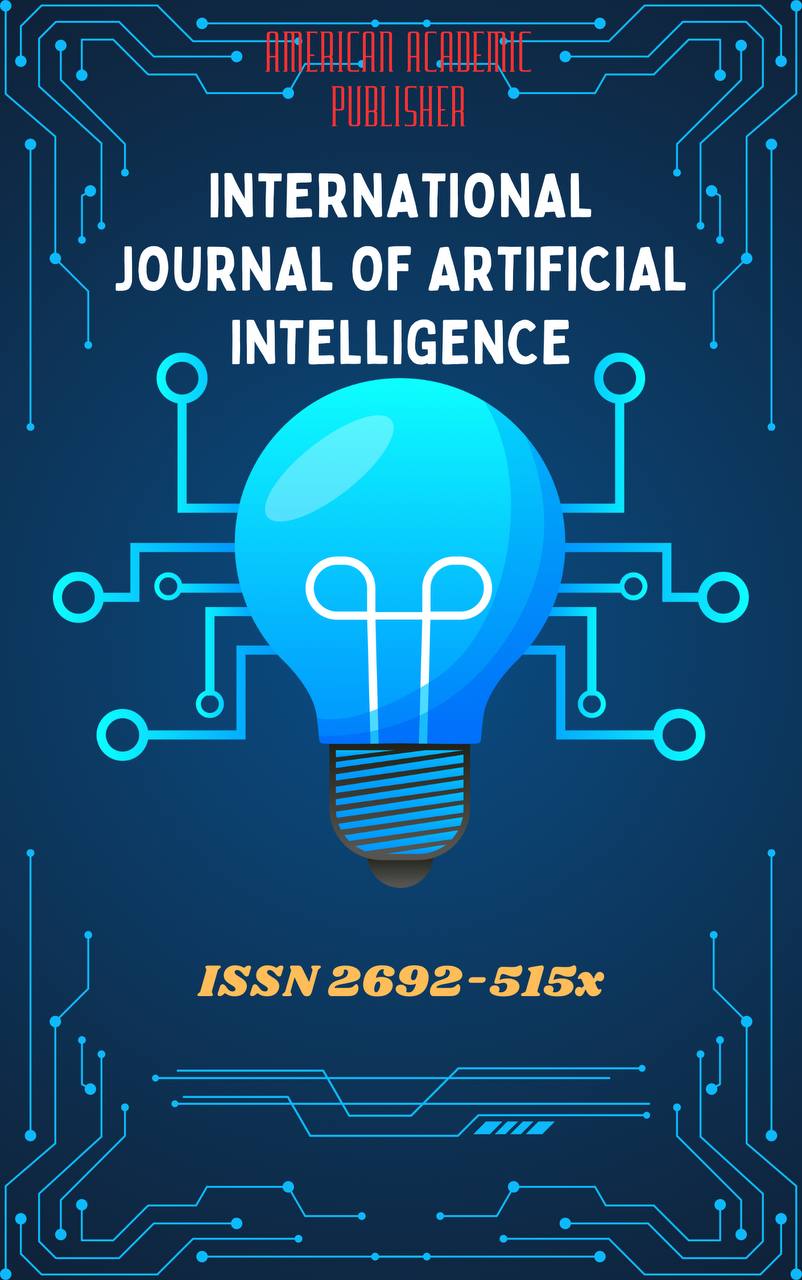 Articles
| Open Access |
Articles
| Open Access | CHALLENGES IN MEDICAL INTERPRETATION: ACCURACY CAN SAVE LIVES
Bayniyazova Hurliman Atabay kizi , Assistant Teacher Uzbekistan State World Languages UniversityAbstract
In the high-stakes realm of healthcare, clear communication can mean the difference between life and death. Yet for patients with limited proficiency in the local language, medical interpretation becomes the lifeline through which diagnosis, treatment, and consent are mediated. This article explores the complex challenges faced by medical interpreters and healthcare providers, focusing on accuracy, ethics, emotional labor, and institutional constraints.
Keywords
medical interpretation, language barriers, healthcare communication, interpreter accuracy, patient safety, health disparities.
References
Angelelli, C. V. (2004). Medical interpreting and cross-cultural communication. Cambridge University Press.
Flores, G., Abreu, M., Barone, C. P., Bachur, R., & Lin, H. (2012). Errors of medical interpretation and their potential clinical consequences: A comparison of professional versus ad hoc versus no interpreters. Pediatrics, 129(1), e1–e6.
Hsieh, E. (2010). Provider–interpreter collaboration in bilingual health care: Competitions of control over interpreter-mediated interactions. Patient Education and Counseling, 78(2), 154–159.
Jacobs, E. A., Shepard, D. S., Suaya, J. A., & Stone, E. L. (2004). Overcoming language barriers in health care: Costs and benefits of interpreter services. American Journal of Public Health, 94(5), 866–869.
Pöchhacker, F. (2004). Introducing interpreting studies. Routledge.
Rosenberg, E., Leanza, Y., & Seller, R. (2007). Doctor–patient communication in primary care with an interpreter: Physician perceptions of professional and family interpreters. Patient Education and Counseling, 67(3), 286–292.
Article Statistics
Downloads
Copyright License

This work is licensed under a Creative Commons Attribution 4.0 International License.

